Diary Entry
A long stretch of desolation brings us from the absurd tourist oasis near Ica to the city limits of the capital of Peru. Shortly before Lima we find a good place to stay overnight. A couple lives in a luxurious house right on the beach and invites travelers and lets us stay the night in front of their house and use the garden toilet and sink.
I mentally prepare myself to enter hell tomorrow and to cross the ten million city of Lima.
Day 2 without a breakdown
The waves pound the shore like mighty hammers throughout the night. It sounds as reassuring as it is threatening. We wake up at five o’clock and it’s light outside.
Javier says sea lions and dolphins are often seen from his home. Sometimes even whales. At least we see pelicans.
Very slowly we pack up our things and I take care of a few things on the car. We don’t want to throw ourselves into the traffic of the capital of street chaos until after rush hour.
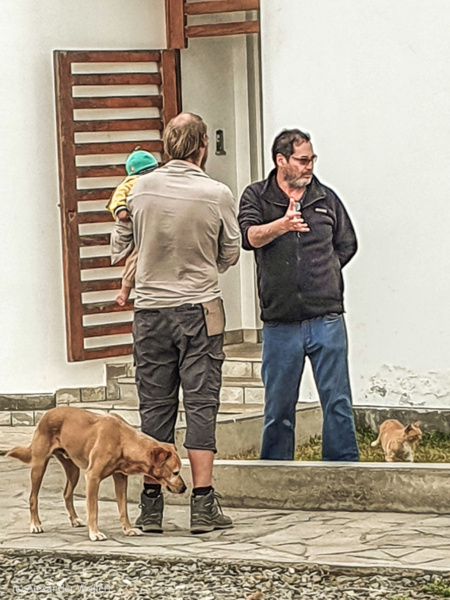





We take the Panamericana again, which runs through the city as a closed expressway. This highway is chargeable. Overland we had to pay tolls at least once a day. But here we stand at a toll station every ten minutes.
The transit route nevertheless leads relatively quickly through the city. The road has several lanes, but cars also drive in between if there is enough space. A car, bus or truck always squeezes into every possible gap. Any action is announced by horns.
Buses keep stopping at unmarked stops, blocking the right lane. If you leave the bus stop, block the road next to it, because another bus is still stopping in front of you.
To describe the traffic situation in Lima, I will quote a few rules of conduct that another traveler nicely summarized on his site limaeasy.com:

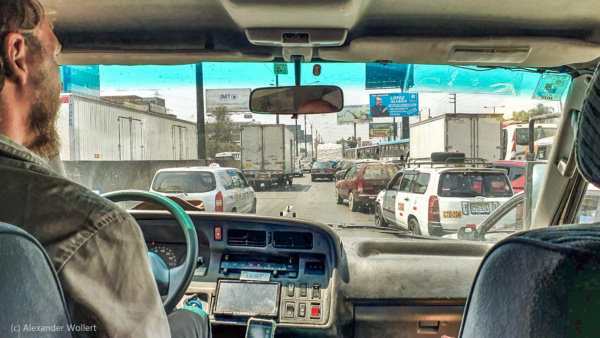
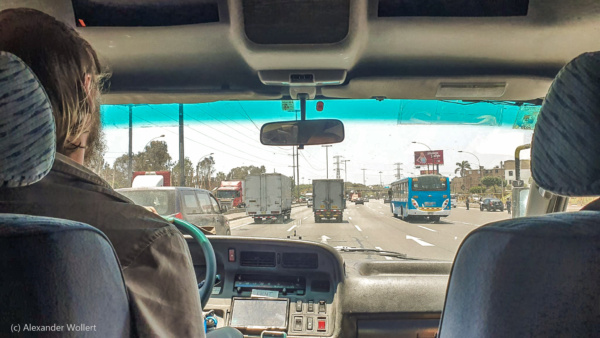
Traffic Rules for Driving in Lima
If you are brave and still would like to give it a try consider the following basic traffic rules that were considered as a humorous approach, but unfortunately reflect reality:
limaeasy.com
- Ignore all horns unless you are looking for a taxi ride.
- To make a right turn, NEVER ever get in the right lane. Rather, get around all the micros and honk your horn at them, so they know you are turning right in front of them.
- To make a left turn, don’t get in a congested left lane unless you enjoy waiting through 2 or 3 traffic signals. Rather, get around all left-turners and make another row on their right side.
- NEVER use turn signals, because the one behind you will take advantage of knowing what you are about to do.
- If can’t do without turn signals, just keep your hazard lights on all the time and the clicking sound might comfort you, while confusing at the same time everybody else.
- Pedestrians can be a real problem. General rule is to honk at pedestrians so they get out of the way. If they don’t respond, they may be drunk, and unfortunately you must slow down and after honking a couple of times proceed with caution.
- Forget the parallel parking you may have learned before. Here we learn to drive straight into parking spaces in a forward gear, as traffic congestion makes backing up on city streets impossible. Not to mention that a parallel parker, while trying to back-up, will usually lose the space to a skilled “front-in” parker.
- NEVER stop for a yellow light, at least you would like to get rear-ended. In Peru, a yellow light generally means “hurry up before you are forced to stop”. Exception: Taxis and micros consider yellow to be a welcoming possibility to stop right at the intersection and have a prime spot to get a fare.
- NEVER go as soon as a red light turns green or you will have an unhappy encounter with another driver practicing the previous rules!
- Don’t forget: Stopping at red lights is optional on Sundays, holidays and late at night.
- When you see someone that is thinking about crossing the street some blocks ahead, be sure to honk and warn them that you are coming.
- If you are at a red light and the other light turns yellow, be sure to honk your horn to let the one in front of you know that your light is about to be green.
- If you are making a left turn and someone is already waiting, just pull to their left and race them when they go.
- The word “PARA” (Spanish for STOP) on any traffic signs just means “HONK” – no further action needed.
- Whenever you are in doubt, honk your horn.
- If you see a pedestrian crossing the street, hit the gas and turn into their lane.
- When making right turns in busy pedestrian intersections just honk and go full speed, the pedestrians in Peru know that even if they have a green light they must wait (Very handy as this also applies on pedestrian crossings).
- Once again, if in doubt just honk your horn.
- The Size Principle: If you have the bigger car you have the right of way.
- The Age Principle: If you have the older car you have the right of way.
- The combined Size/Age Principle: If you have an older and bigger car you have the right of way and get away without even honking your horn (Only exception!).
- If you can’t remember all the rules, no need to worry – just honk your horn…
We survive the journey through the city, even if the chaotic traffic planning, which was probably left to a drugged-up howler monkey with ecstasy, makes the journey even more difficult. If I take away one thing from the trip, it’s never to drive again in La Paz or Lima.
Sara only wants to drive a short distance today and is looking for a place to stay north of town for us. The next challenge is to store the car somewhere. We were promised a place in a garage right next to our accommodation and guaranteed that our extremely tall car would fit in there. However, Peruvians are just as good at appreciating heights as they are driving a car.
I talk lint to my mouth for twenty minutes to make it clear to my hosts that the car is too tall to fit through the garage door. I end up having to park the car in the driveway all the way, and even with the metal protruding an inch in front of and almost a meter over the garage door frame, you’re still skeptical. Maybe people take too much coca. Then they show me another garage that is even lower. What’s up with the people?
In no case can the car stay overnight on the road, it would not be safe at all. I was told that in Puno and Arequipa and nothing happened.
At the end of the day you can find a commercial garage that I can fit into, but it takes a long time and takes a lot of time and nerves.
At least we’re cheered up at the end of the day by something else: Leon took his first steps of his own when he didn’t realize Sara wasn’t holding him anymore. (10/26/2022)
But after a few days we have to face the fact again: we got into the city alive. Now we have to make it out again.
We match a time when rush hour traffic has eased and flow through the city on the transit route. I stay in the middle lane like a gray bulwark, letting buses, cars, and trucks honk past me left and right. In front of us is the Panamericana and the north of the country.


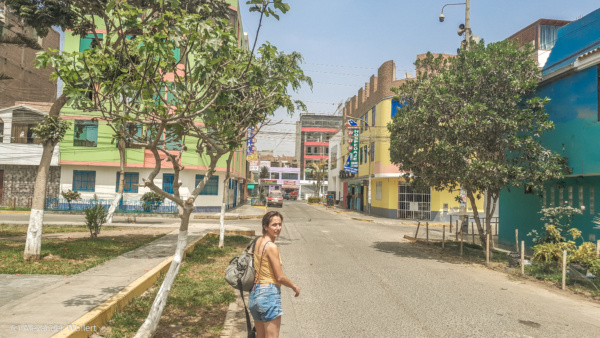
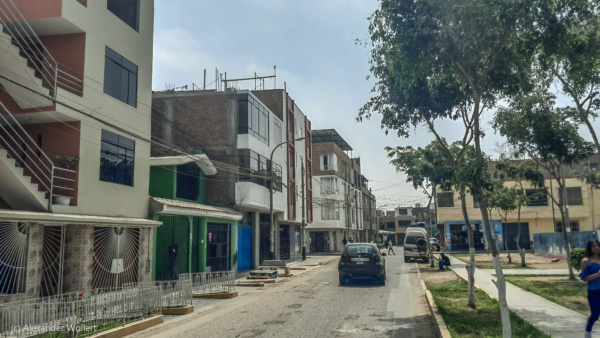
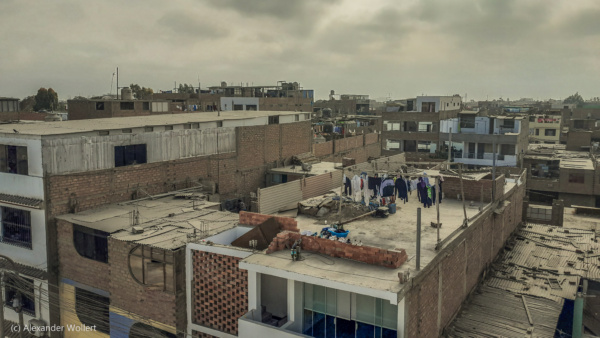
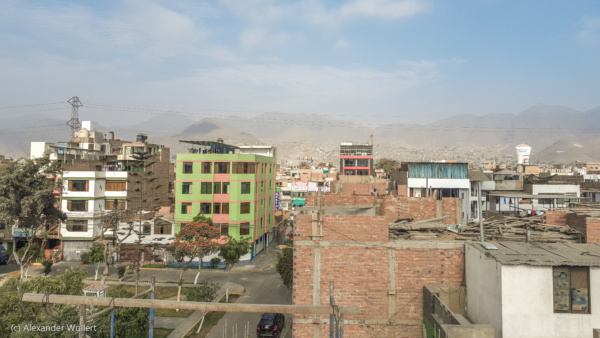
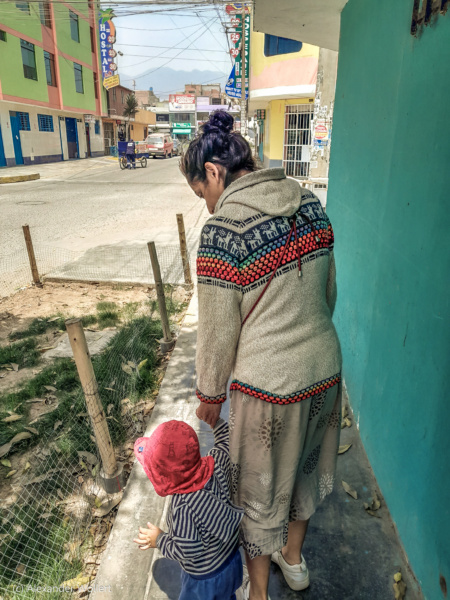

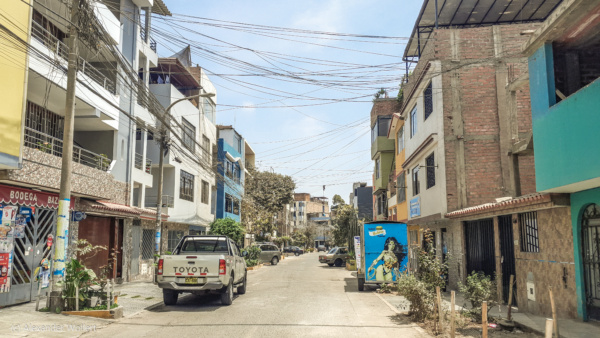

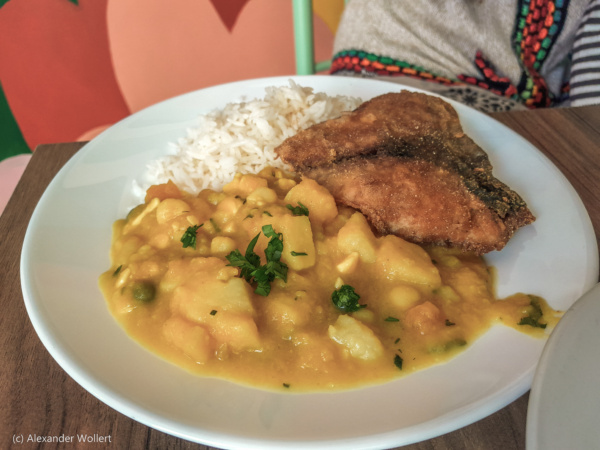
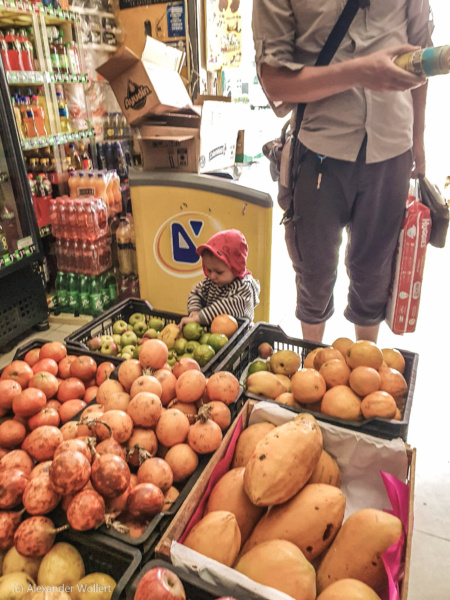
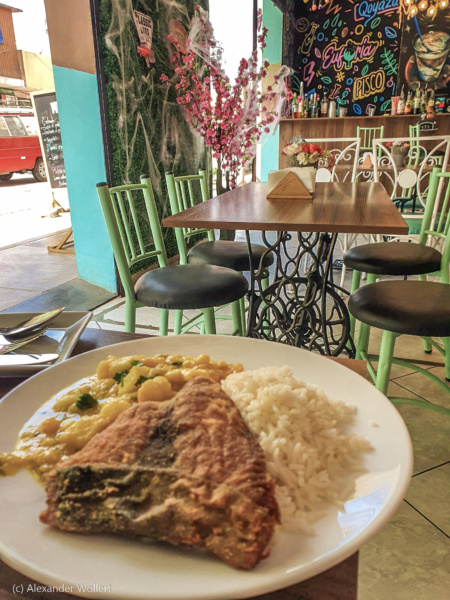
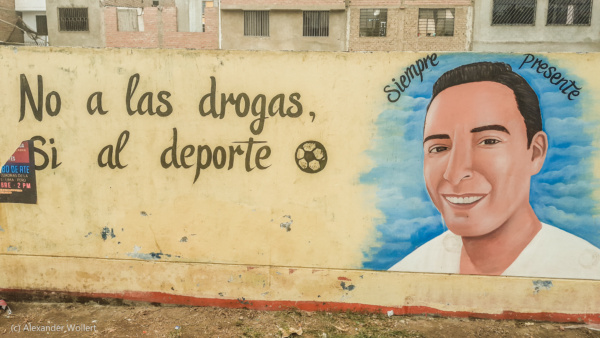


Why are you traveling to a country just to insult it? Your comments are rude, patronizing, ignorant (you don’t even know that coca is a sacred plant and not only refer to it in a dismissive way but also clearly confuse it with the drug 🙄…) and racist. On another note, I will suggest you improve your English as sentences like “but it takes a long time and takes a lot of time and nerves” make zero sense, not to mention the number of grammatical mistakes throughout your post. Hopefully you will have left my country and the ‘hell’ that’s Lima as you described it by now. Un saludo.
Hello Monica. I am very shocked that you understood my article in such a negative way. It was not intended to be rude. The title “Driving in Hell” referred to the terrible traffic in Peru’s capital – not to Lima itself! I cannot imagine that you don’t see the traffic as a big challange. From my point of view driving there was a horrible experience, nothing more do I share in this blog. Hopefully you find time to check out my other articles about the beautiful places of Peru, for example the Uros islands in Lake Titicaca, the cities of Puno, Arequipa and Mollendo, and overall, the amazing coastal road of the Panamericana!
this article is very useful, thank you for making a good article